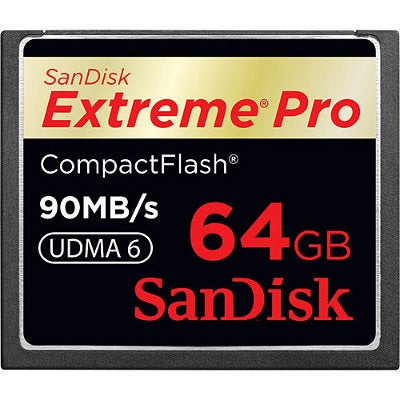It’s Time To Customise Your Camera! – Performance
Step Two
Boost Performance
Just like an engine can be modified to achieve its best performance, a camera’s performance can be improved by spending a bit extra on essential accessories. If you’re unsure of how to get the best out of your camera, here are a few options to consider…

1 Battery Grip
Investing in a battery grip has the potential of turning your camera into one that’s more convenient and practical to use. The main purpose of a battery grip is to allow you to store more than one battery and increase the shooting stamina of your camera. The good news is that battery grips come with other benefits too. Operation in the vertical orientation can be improved with additional buttons, while the design is intended to match the styling of the camera and make it feel larger in the hand. It’s worth bearing in mind that some battery grips are supplied with an additional battery cartridge to allow you to operate the camera with AA batteries should you find yourself without access to mains power to charge up your rechargeable Lithium-ion.
2 Memory Card
The memory card you choose can play a big part in how your camera performs. The rated speed (e.g. 15MB/s, 30MB/s, etc.) denotes the maximum speed of the card and what you’d expect to approximately see in typical usage of writing or reading files on the card. Essentially, the faster the card, the faster the camera can save the file and be ready to shoot another photo. This can play a big part when shooting with high-megapixel cameras set to their continuous shooting modes. In addition, a fast Speed Class is important for videographers who’d like to record a steady stream of data at a sustained rate with no dropped frames.
3 Spare Battery
Running out of battery power can be extremely frustrating, so to minimise the risk you’ll want to carry a spare in your bag at all times. Most manufacturers’ batteries can be expensive, so it’s worth considering your third-party options. Hähnel produces a wide-range of spare lithium-ion batteries for most camera models at very competitive prices.
4 Flashgun

While the pop-up flash on your camera can be useful for picking out subjects at close range, you may find over time it’s not powerful enough to illuminate large subjects or those that are positioned further away. A flashgun that mounts to your camera via the hotshoe on the top-plate can solve this problem. The power of a flashgun is specified by its guide number, with the higher the number indicating a more powerful flash. Guide numbers do not depend on the focal length of the lens, however some flashguns have the option to zoom with the lens to help concentrate the light into a narrower beam. To get creative with the effects of flash, you’ll want to attempt taking the flashgun off-camera and fire it remotely using a remote trigger – the results of which can be spectacular.
5 Microphone
While most cameras’ inbuilt microphones are adequate for capturing the ambient sounds around us, a dedicated video microphone can help to provide broadcast quality audio to match the quality of high-definition footage. External stereo microphones come in all shapes and sizes, but to use one you’ll need to check your camera is compatible and features a 3.5mm input port – most commonly found on DSLRs and system cameras. It’s worth looking for one that has a floating support structure to absorb unwanted handling noise and sounds from the cameras’ mechanics.
6 Fast Prime
The cheapest and most effective way of achieving shots with a shallow depth of field is to invest in a fast fixed focal length prime lens. A 50mm prime on a full frame DSLR offers a field of view that’s not dissimilar to what we see with our eyes, but if you own a camera that has a smaller Micro Four Thirds or APS-C sensor you’ll have a crop factor to consider. A 25mm Micro Four Thirds Prime is equivalent to 50mm with the 2x crop factor applied, whereas a 35mm prime on an APS-C camera is equivalent to 52.5mm after the 1.5x crop factor is added.
7 Reflector
A photographer’s kit isn’t complete without a 5-in-1 reflector, which comes in handy for bouncing light back on a whole range of subjects you wish to illuminate. If you enjoy shooting portraiture or still-life, it’s the most useful accessory you’ll buy and we guarantee it’ll be up there as one you end up using most.
8 White Balance Lens Cap
A white balance lens cap is a great accessory to own if you’re planning on taking hundreds of shots in the same setting and require accurate and consistent colour throughout. Simply switch your camera into its Custom White Balance mode, take an image with the White Balance Lens cap on and the camera will create the perfect profile for the lighting in front of you – resulting in neutral-looking tones that’ll appear neither too warm nor too cool.





